



The origin of chocolate dates back almost 4000 years ago to Mesoamerica. The exact place
of origin in the Americas is unknown, but archaeological evidence of ceramics vessels with
residues from the preparation of a cocoa beverage (Theobromine) have been found at archaeological sites dating back to 1900 BC Mokaya & Olmec Civilisations along the Orinoco River.
Source: https://chocolateclass. wordpress.com/tag/cacao-vessel
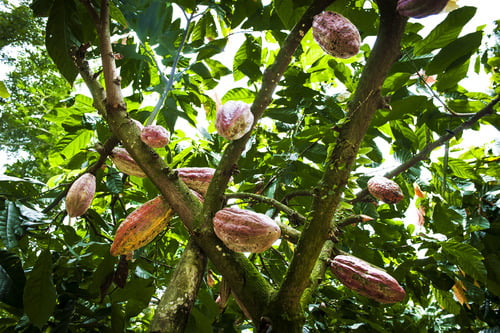
"Kakawa" came into use among the Olmec, the people of the Mexican Gulf Coast who built the first of the great Mesoamerican civilizations. It is likely that the Olmec were also already cultivating the tree.
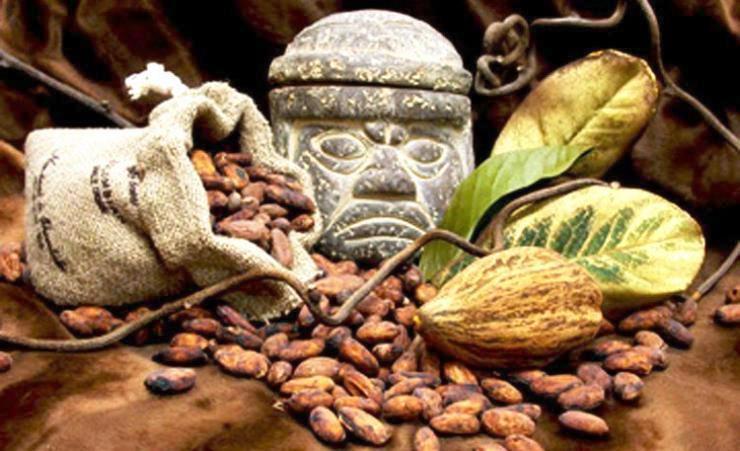
The Maya adopted the word "cocoa" from the Olmec and it is presumed that they were cultivating cocoa. The Mayans took the cocoa tree from the rain forest, grew it in their backyards, harvested the seeds, roasted them, and then ground them into a paste. When mixed with water, chili peppers, corn meal, and other ingredients, this paste made a foamy and spicy chocolate drink.
Source: https://www.comboni missionaries.co.uk/ index.php/2018/07/18/ mexico-maya-civilization-between-corn- and-cacao/
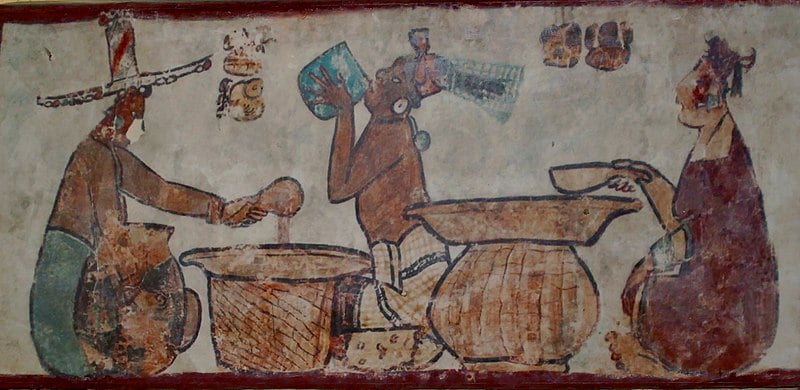
Around this period, clay chocolate drink vessels began to appear among the grave goods of the Maya nobility, strong evidence that cocoa beverage consumption was an important
status symbol.
Source: https://commons. wikimedia.org /wiki/File: Reproduction_of_ Mural_ from_Structure_I ,_Calakmul.jpg

The people of Central America used cocoa beans as currency - in Mexican picture scripts, a basket with 8,000 cocoa beans is shown to represent the figure 8,000. Control of the main
cocoa growing regions thus became the prime objective in the intermittent warfare for the next centuries.
Source: https://www.open culture.com /2018/10/ancient- mayans-used- chocolate-money.html

By subjugating the Mayas, the Aztecs strengthened their supremacy in Mexico. The Aztec empire annexed the richest cocoa region in Mesoamerica, modern Chiapas (Mexico, Guatemala). The Aztecs referred to chocolate as “Xocolatl" meaning warm & bitter liquid.
Source: https://www.mexico lore.co.uk/ maya/chocolate/ cacao-use-among- the-prehispanic-maya
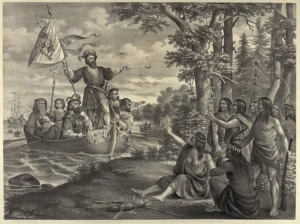
The first European contact with cocoa beans was during the fourth voyage of Christopher Columbus but its value was not realized.
Source: https://www.loc. gov/pictures/ item/ 2003670399/

The Spanish ‘conquistadors’ (conquerors) returned to Spain with cocoa beans because they were impressed by the fact that the Aztecs used them as currency. Hernando Cortes created plantations in Trinidad, Haiti, and the West African island of Bioko to grow “money” to trade with the Aztecs for gold. Spain then had a virtual monopoly on the cocoa market for almost a century.
Source: https://www.american heritagechocolate. com/history- of-chocolate/
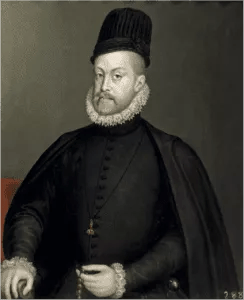
A delegation of Kekchi (indigenous) Mayans from Guatemala visited the Spanish court of Prince Philip. Among the gifts were containers of the Mayan "Xocolatl" drink, the first recorded appearance of cocoa in the Old World. The Spanish began to add cane sugar and flavorings such as vanilla to their sweet cocoa beverages.
Source: https://www.willies cacao.com/world-cacao /history-of-chocolate/

This period marks the earliest known introduction of cocoa to Asia. The tree was brought to the island of Sulawesi, Indonesia from Caracas, Venezuela.
Source: https://travel. kompas.com /read/2017/ 10/19/220500227 /sejarah-cokelat- bisa-ditemui-di-indonesia

Ann of Austria, the daughter of Philip III from Spain, introduced the beverage to her new husband, Louis the XIII, and to his French court too. Chocolate became the special dish on her wedding day.
Source: https://www.wiki wand.com/id/ Ana_dari _Austria

When the Spanish Princess Maria Theresa was betrothed to Louis XIV of France, she gave her fiancé an engagement gift of chocolate, packaged in an elegantly ornate chest. Chocolate was extremely popular with Louis XIV and the members of his Court at Versailles.
Source: https://en.wikipedia. org/wiki/ Louis_XIV

The first chocolate house opened in London. The high price of cocoa limited access to
only the most affluent classes. But as prices fall, establishments of this type multiplied and
events replaced cafes, tea rooms, and pubs.
Source: https://www.willies cacao.com/ world-cacao/ history-of-chocolate/
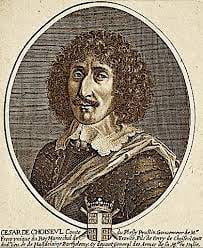
Praline may have originally been discovered in France and an accident/the work of chef Clement Lassagne, a chef who worked for Marshal du Plessis-Praslin (1598–1675) and named in his honour. The Duke of Plessis-Praslin’s chief cook accidentally spilled boiling-hot melted sugar on ground almonds.
Delighted by this, the Duke named his creation ‘Praslin’, thus The Praliné was born. A few centuries later, Belgian chocolatiers improved on this recipe by coating the mixed, caramel-covered nuts in chocolate shells, giving rise to the Belgian chocolate praline.
Source: https://www.coeurde xocolat. com/ the-history -of-pralines

Whilst chocolate was still only a drink throughout Europe, English confectioners had the
the idea of adding cocoa to their cake mix, creating the first chocolate cakes and baked goods.
Source: https://en. wikipedia. org/wiki /Chocolate _cake
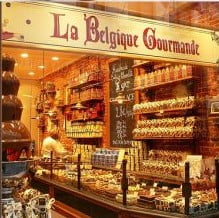
The future Belgium is already a reputed chocolate center. It was at the Grand-Place in
Brussels that the Mayor of Zurich discovered chocolate and decided to introduce it to
Switzerland. An initiative that had delicious consequences.
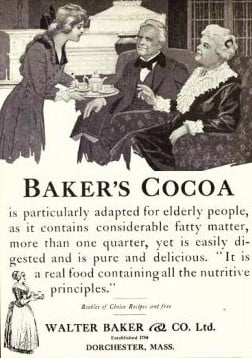
At the turn of the 18" century, chocolate returned to America, but only to the North. In little more than a decade, advertising in Boston for imported Europe chocolate was flourishing.
Source: https://en.wiki pedia.org/wiki/ File:Bakers Cocoa.JPG
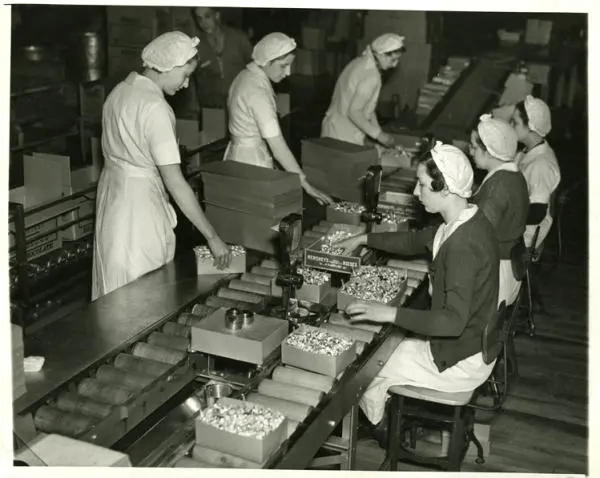
The industrial revolution mechanized chocolate making and brought the price within the public's reach.
Source: http://explore pahistory.com/ displayimage.php ?imgId=1-2-127F
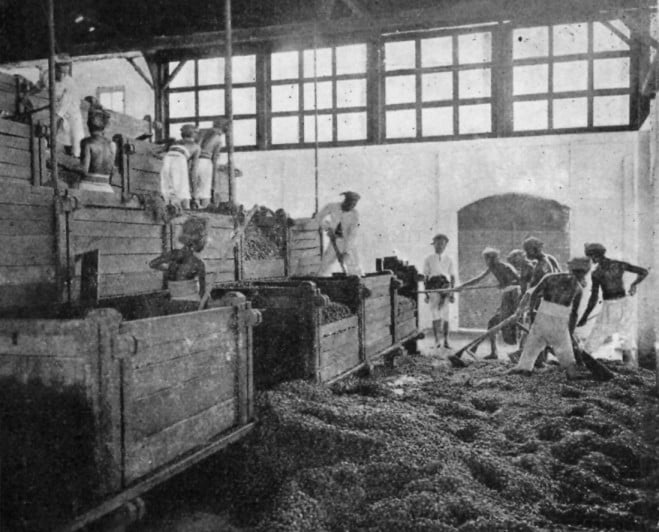
It begins with The Dutch bringing cocoa from the Philippines to Jakarta and Sumatra, where they established a propagation facility that soon lead to major production in the Dutch East Indies (now Indonesia and Malaysia).
Source:
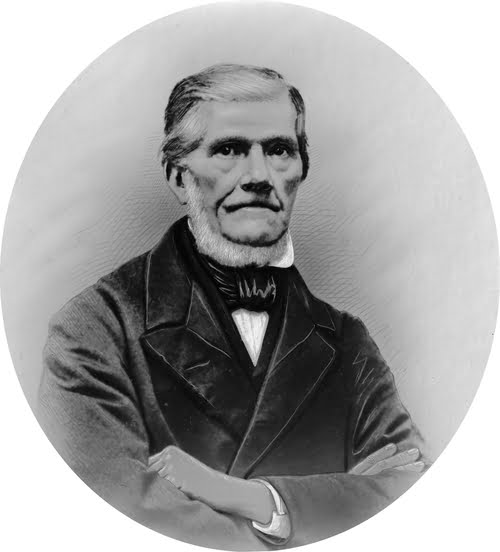
Conrad Van Houten, a Dutch chemist, learned to press cocoa butter out of cocoa liquor. This allowed the production of cocoa powder and cocoa butter. The Van Houten cocoa powder is famous until today.
Source: https://en.wiki pedia.org/wiki/ Coenraad_Johannes _van_Houten
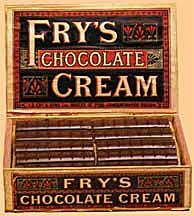
The introduction of cocoa powder not only made creating chocolate drinks much easier but also later made it possible to combine chocolate with sugar and then remix it with cocoa butter to create solid chocolate. Others began to build on Van Houten's success, experimenting to make new chocolate products.
Source: https://madeup inbritain.uk /Chocolate_Bar
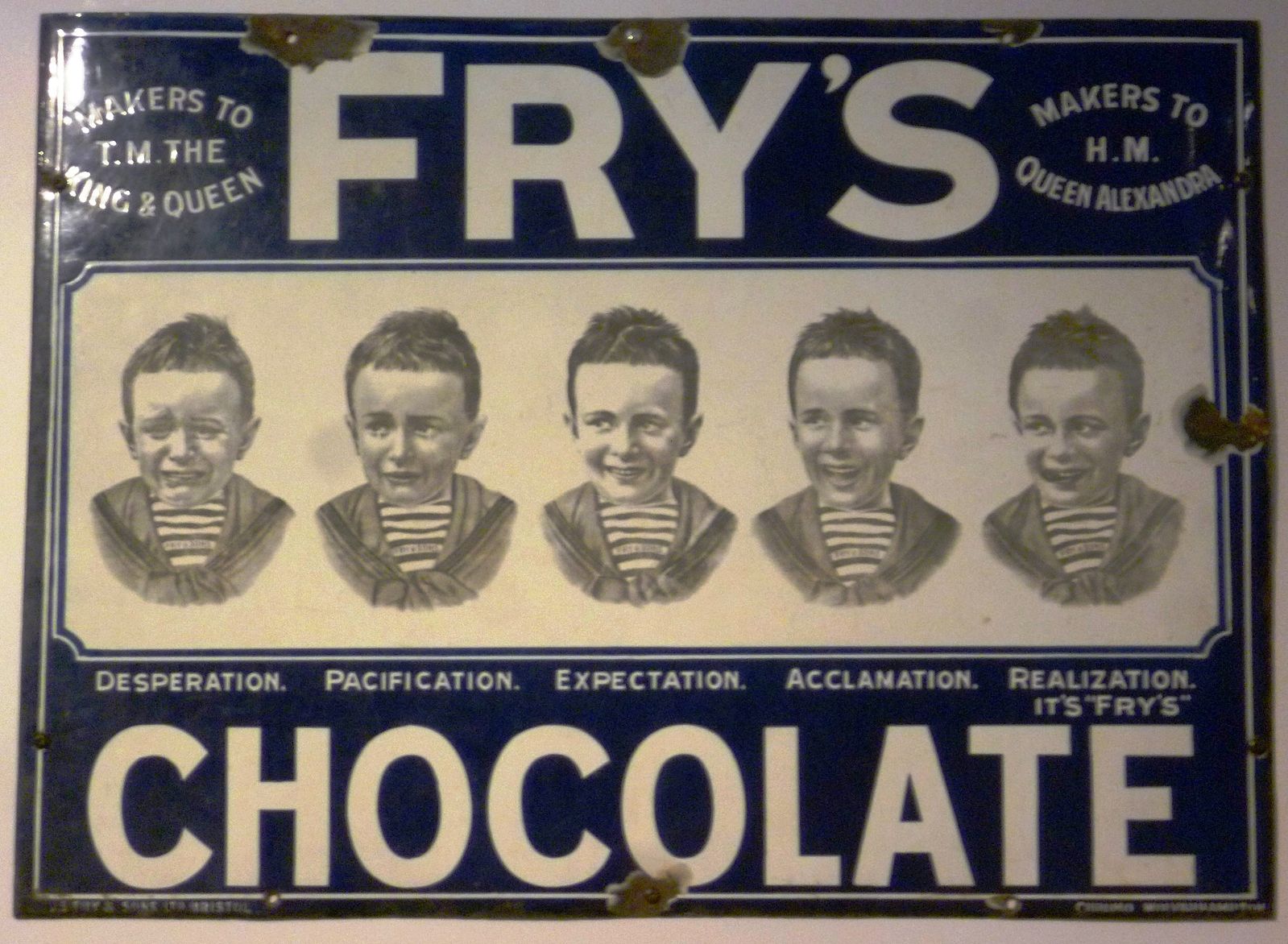
The English manufacturer J.S. Fry and Sons used cocoa powder to create the first successful mass-produced chocolate bars
Source: https://chocolateclass. wordpress.com/tag /industrial -revolution/

The cocoa pod borer (a moth whose larvae infest the cocoa fruit) emerged in the Indonesian archipelago. Established plantations were ruined and production was driven even further into previously undisturbed forests. The borer remains cocoa's most feared insect pest.
Source: https://distanpangan. baliprov.go.id/ mengenal-hama- penghisap-buah- kakao-helopelthis-sp/

Daniel Peter & Henri Nestle combined chocolate and milk powder to create the first milk chocolate bar. It’s an instant commercial success.
Source:
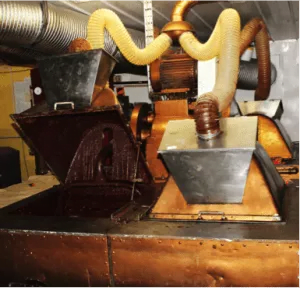
Rodolphe Lindt produced chocolate that melts on the tongue by developing the "conching" process that gives the chocolate a smoother and more enjoyable taste. The same year, cocoa was successfully introduced to the African mainland Gold Coast (now Ghana).
Source: https://www.willies cacao.com/ world-cacao/ history-of-chocolate/

Jean Neuhaus invented a chocolate shell that could be filled with cream or nut pastes. The
Belgium pralines were born. In Belgium, chocolate has been considered as a present from its earliest days something to give or to receive. No wonder pralines, one of the most popular presents, is a Belgian invention.
Source: https://treatwell. caobisco.eu/neuhaus- inventor-of-the- praline-and- the-ballotin/

This adventure began in Yogyakarta in 2001 when a Belgian man arrived in Indonesia without a plan in mind. Missing the taste of good Belgian chocolate, this man decided to make some specialties from his home country.
In 2005 Chocolate Monggo was founded and began producing chocolate pralines and chocolate bars in Indonesia. Monggo continues to develop more variants of chocolate products by combining the finest taste of Belgian chocolate and the finest Indonesian ingredients!

 Chocolate Monggo © 2025
Chocolate Monggo © 2025